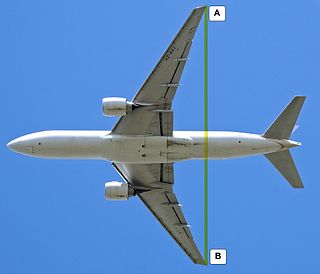| Epimactis spasmodes | |
|---|---|
| Scientific classification | |
| Kingdom: | Animalia |
| Phylum: | Arthropoda |
| Class: | Insecta |
| Order: | Lepidoptera |
| Family: | Lecithoceridae |
| Genus: | Epimactis |
| Species: | E. spasmodes |
| Binomial name | |
| Epimactis spasmodes Meyrick, 1914 | |
Epimactis spasmodes is a moth in the Lecithoceridae family. It was described by Meyrick in 1914. It is found in southern India. [1]

Moths comprise a group of insects related to butterflies, belonging to the order Lepidoptera. Most lepidopterans are moths, and there are thought to be approximately 160,000 species of moth, many of which have yet to be described. Most species of moth are nocturnal, but there are also crepuscular and diurnal species.

The Lecithoceridae, or long-horned moths, are a family of small moths described by Simon Le Marchand in 1947. Although lecithocerids are found throughout the world, the great majority are found in the Indomalaya ecozone and the southern part of the Palaearctic ecozone.

India, also known as the Republic of India, is a country in South Asia. It is the seventh largest country by area and with more than 1.3 billion people, it is the second most populous country as well as the most populous democracy in the world. Bounded by the Indian Ocean on the south, the Arabian Sea on the southwest, and the Bay of Bengal on the southeast, it shares land borders with Pakistan to the west; China, Nepal, and Bhutan to the northeast; and Bangladesh and Myanmar to the east. In the Indian Ocean, India is in the vicinity of Sri Lanka and the Maldives, while its Andaman and Nicobar Islands share a maritime border with Thailand and Indonesia.
The wingspan is about 21 mm. The forewings are whitish fuscous with the costal edge whitish-ochreous and with a suffused dark fuscous wedge-shaped spot along the base of the dorsum. The stigmata are dark-fuscous, the plical beyond the first discal. There is a fuscous shade from four-fifths of the costa to the dorsum before the tornus, angulated inwards to touch the second discal. A strongly outwards-curved series of cloudy dark-fuscous dots is found from beneath the costa at two-thirds to the dorsum before the tornus and there is also a series of cloudy dark-fuscous dots around the posterior part of the costa and termen. The hindwings are pale whitish grey-ochreous. [2]

The wingspan of a bird or an airplane is the distance from one wingtip to the other wingtip. For example, the Boeing 777-200 has a wingspan of 60.93 metres, and a wandering albatross caught in 1965 had a wingspan of 3.63 metres, the official record for a living bird. The term wingspan, more technically extent, is also used for other winged animals such as pterosaurs, bats, insects, etc., and other fixed-wing aircraft such as ornithopters. In humans, the term wingspan also refers to the arm span, which is distance between the length from one end of an individual's arms to the other when raised parallel to the ground at shoulder height at a 90º angle. Former professional basketball player Manute Bol stands at 7 ft 7 in (2.31 m) and owns one of the largest wingspans at 8 ft 6 in (2.59 m).